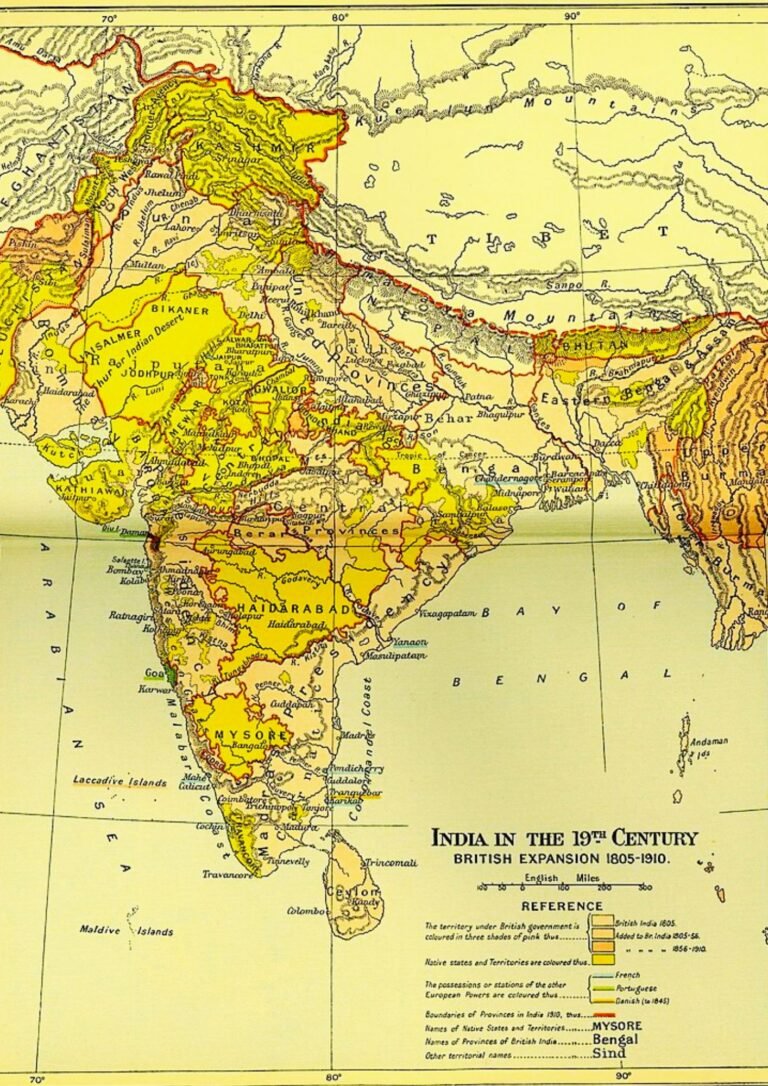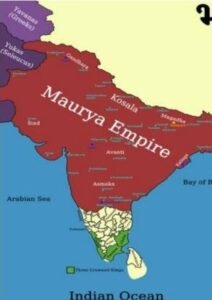The idea of Akhand Bharat is a historical

The idea of Akhand Bharat is a historical, cultural, and political concept that symbolizes that the Indian subcontinent was a vast and unified landmass in ancient times. The idea mainly refers to the time when the political boundaries between various states and civilizations were few, and there was cultural and religious unity across the subcontinent. Let’s look at its historical background and its significance: ### 1. Ancient Period (Indus Valley Civilization and Vedic Period) – Indus Valley Civilization (3300 BCE – 1300 BCE): It was the first known civilization of the Indian subcontinent, covering parts. of modern Pakistan, northwestern India, and Afghanistan. This civilization gave rise to large cities such as Mohenjo-daro and Harappa.
Vedic Period:
The decline of the Indus Valley Civilization was followed by the rise of the Vedic Civilization, which covered large parts of the Indian subcontinent. The foundation of India’s religious and cultural heritage was laid during this period.


Maurya Empire
Chandragupta Maurya** (321-297 BCE) unified most of North India into the Maurya Empire. Under the guidance of scholars like Chanakya (Kautilya), the Maurya Empire extended to modern Pakistan, Afghanistan, Nepal and Bengal.
Emperor Ashoka (273-232 BCE): The greatest ruler of the Maurya Empire, who adopted Buddhism after the Kalinga War and preached peace, tolerance and non-violence. India was a vast and strong empire under Ashoka’s rule, symbolizing the spirit of “Akhand Bharat”.
Gupta EmpireThe Gupta Empire (320-550 CE) is called the “Golden Age” of Indian history. During this period, there was tremendous progress in science, art, literature, and culture. The Gupta Empire controlled large parts of north and central India and furthered the greatness of Indian civilization.
Islamic Invasion and Delhi Sultanate- After the 12th century, Islamic invaders invaded India, changing the political and cultural landscape. Mahmud Ghaznavi, Mohammad Ghori and the Khilji dynasty ruled over north India. The Delhi Sultanate (1206–1526) brought the whole of north India under a centralized power, but had a profound impact on the concept of “Akhand Bharat”.
Mughal Empire- Babur (1526): Babur laid the foundation of the Mughal Empire after the First Battle of Panipat. After Babur, rulers like Akbar, Jahangir, Shah Jahan and Aurangzeb ruled large parts of the subcontinent.
Akbar (1556-1605): He promoted Hindu-Muslim unity and established a prosperous and stable empire that held together large parts of the subcontinent.
British Empire and Partition – British East India Company**: The British began to control India in the 18th century and gradually subjugated the entire subcontinent. After the Revolt of 1857, the British Raj assumed full control over India.
Partition of 1947: When India gained independence, religious tensions and political differences led to the partition of India and the creation of Pakistan as a separate nation. The partition shattered the concept of “Akhand Bharat”.
Modern concept of Akhand Bharat – Political ideology: Even after independence, some nationalist groups support the concept of “Akhand Bharat”, in which the entire Indian subcontinent (India, Pakistan, Bangladesh , Nepal, Sri Lanka, Bhutan, Afghanistan) is seen as a cultural and political entity. This idea is primarily based on cultural unity and historical heritage, not on modern political boundaries.
Symbol of cultural and religious unity The concept of Akhand Bharat is not only a political idea, but it is also seen as unity in the cultural and religious diversity of the Indian subcontinent. Religions like Hinduism, Buddhism, Jainism, Sikhism originated in India and are part of the common heritage of the subcontinent.
Conclusion The concept of Akhand Bharat symbolizes the unity and cultural heritage of the Indian subcontinent. Although it is a complex issue from a political perspective today, historically it symbolizes a land that maintained unity in culture, religion, and civilization for centuries.
